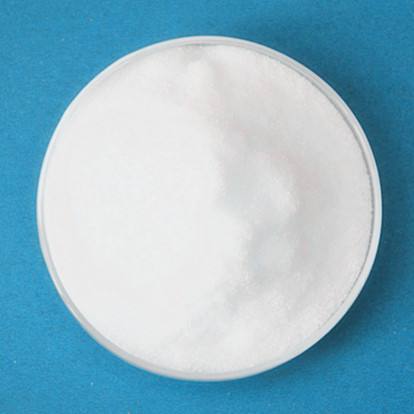[alias] dichloroacetic acid.
[Molecular formula]C2H2Cl2O2
[Structural formula]Cl2CHCOOH

[Properties]Colorless strong corrosive liquid with pungent odor. The relative density is 1.564 (20°C), and the boiling point is 193-194°C. Two different crystals can be produced, with melting points of 9.7°C and -4°C, respectively. It is easily soluble in water and also in alcohols, ketones, hydrocarbons, chlorinated hydrocarbons and other solvents. It is a stronger acid than chloroacetic acid, and both Cl atoms can be replaced. It reacts with aromatic hydrocarbons to generate diaryl acetic acid, reacts with phenol to generate diphenoxy acetic acid, and can produce cross-linking when reacting with cellulose, and its acidic vapor is irritating to mucous membranes.
[Application]Used as organic synthesis and pharmaceutical intermediates, for the manufacture of methyl dichloroacetate, allantoin and cationic dyes wait. Dichloroacetic acid has bactericidal and disinfectant activity, and can be used as a disinfectant in medicine. It also has the ability to inhibit a variety of staphylococci, and is also used as a cuticle dissolver and astringent.
[Brief recipe]
①Acetic acid is produced by chlorination under the action of iodine catalyst. It can also be prepared by the chlorination reaction of the mother liquor of chloroacetic acid under the catalysis of sulfur.
②It is prepared by the reaction of chloral hydrate and potassium cyanide in the laboratory.
[Safety and Protection]Dichloroacetic acid is a Class II organic acid corrosive substance, hazard code number: 94004. Packed in 20kg plastic drum or 70kg wide mouth plastic drum. Store in a cool, ventilated and dry place. Storage and transportation should be strictly protected from heat and impact. When the skin touches it, it should be rinsed with plenty of water immediately.

 微信扫一扫打赏
微信扫一扫打赏

